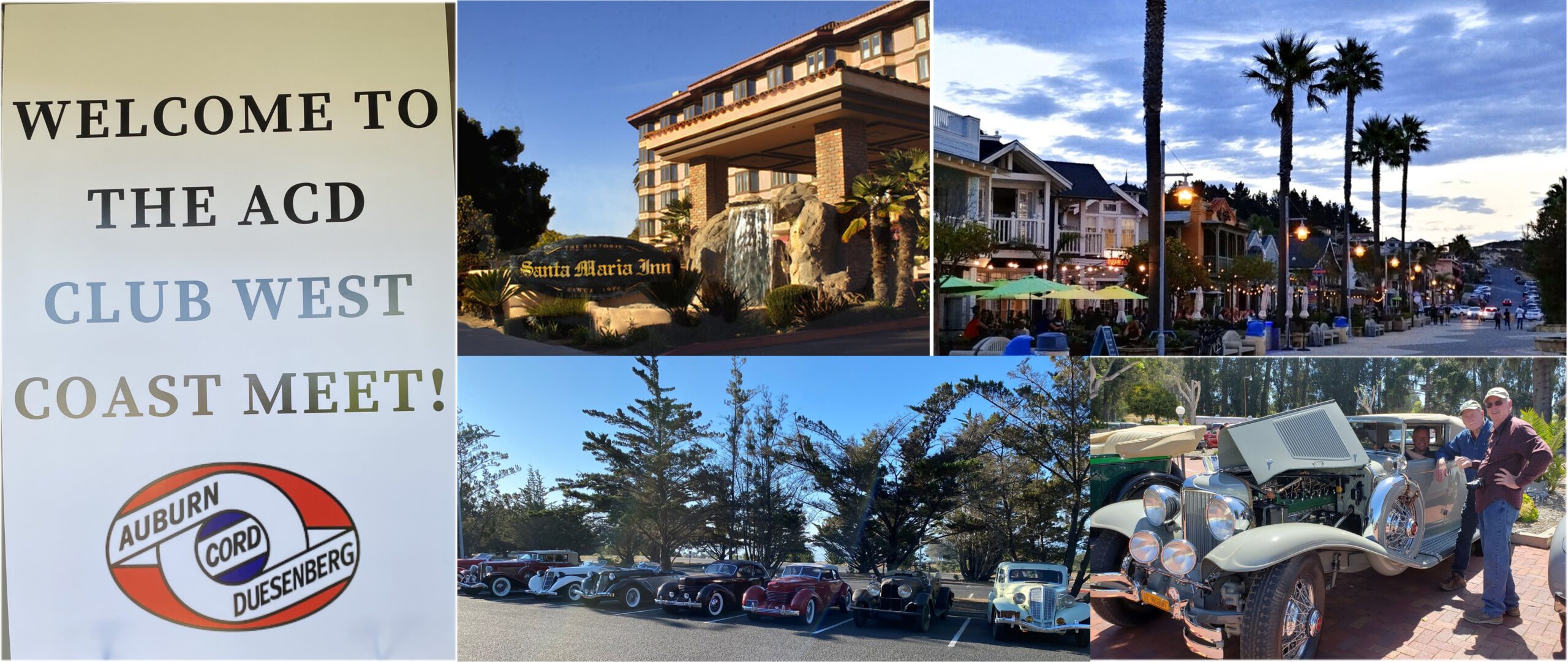AACA Eastern Spring Meet – Hershey, PA
Join the ACD Club in Hershey, PA. Visit many ACDers in the Red Field, Green Field, and Chocolate fields all week long October 7-10, 2025
Join the ACD Club in Hershey, PA. Visit many ACDers in the Red Field, Green Field, and Chocolate fields all week long October 7-10, 2025

ONLINE REGISTRATION FORM PRINTABLE REGISTRATION FORM 69th Annual ACD Club West Coast Meet Santa Maria Inn, Santa Maria, California Thursday, October 23rd thru Sunday, October 26, 2025 Driving tours through the scenic backroads of the California Central Coast and Avila Beach, Swap Meet, Car Show, Social Hour, AwardsBanquet and more! PLEASE REGISTER BY October 10, 2025. […]